Tubes Borosilicate Glass
-
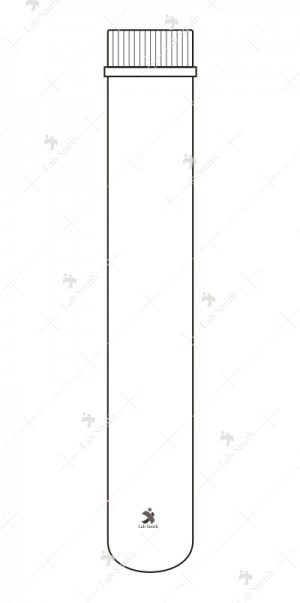
Borosilicate Glass Tubes Culture Media Round Bottom with Screw Cap and PTFE liner Manufacturer in India
Heat Resistant
Heat Resistant Learn More -
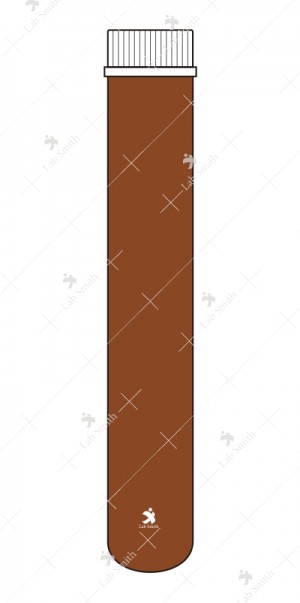
Borosilicate Glass Tubes Culture Media Round Bottom with Screw Cap and PTFE liner Amber manufacturer in India
Heat Resistant
Heat Resistant Learn More -
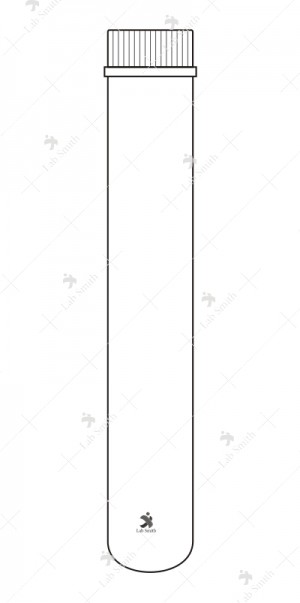
Borosilicate Glass Tubes Culture Media Round Bottom with Screw Cap & Rubber liner Manufacturer in India
Heat Resistant
Heat Resistant Learn More -
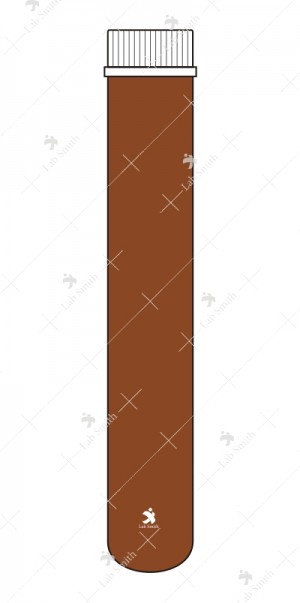
Borosilicate Glass Tubes Culture Media Round Bottom with Screw Cap & Rubber liner Amber Manufacturer in india
Heat Resistant
Heat Resistant Learn More -
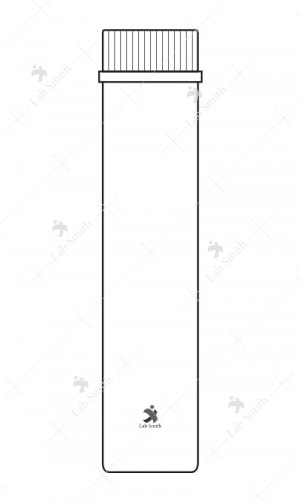
Borosilicate Glass Tubes Culture Media Flat Bottom with Screw Cap and PTFE liner Manufacturer in India
Heat Resistant
Heat Resistant Learn More -
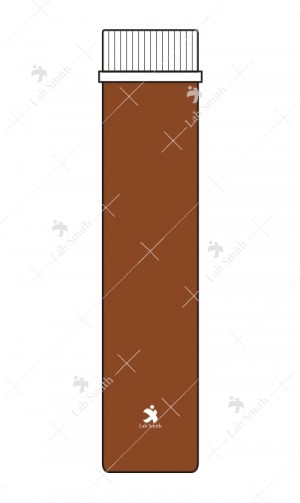
Borosilicate Glass Tubes Culture Media Flat Bottom with Screw Cap and PTFE liner Amber Manufacturer in India
Heat Resistant
Heat Resistant Learn More -
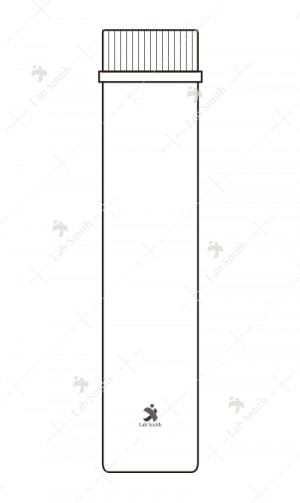
Borosilicate Glass Tubes Culture Media Flat Bottom with Screw Cap and Rubber liner Manufacturer in India
Heat Resistant
Heat Resistant Learn More -
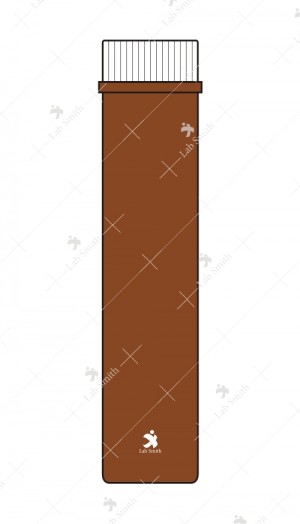
Tubes, Culture Media Flat Bottom with Screw Cap and Rubber liner Amber Manufacturer in India
Made of Heat Resistant Borosilicate Glass.
Made of Heat Resistant Borosilicate Glass. Learn More -
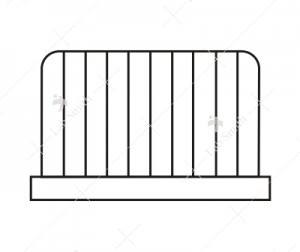
Screw Caps for Culture Tubes with liner Manufacturer in India
Made of Teflon/Rubber.
Made of Teflon/Rubber. Learn More -
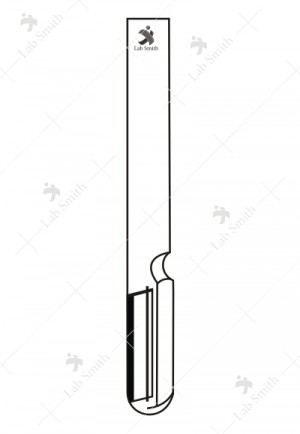
Borosilicate Glass Leighton Tubes for Culture work plain top with Cover slip Manufacturer in India
Heat Resistant
Heat Resistant Learn More -
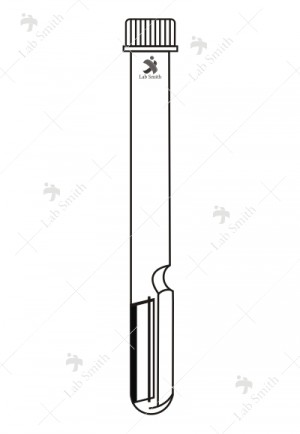
Borosilicate Glass Leighton Tubes for Culture work with Screw Cap and Cover slip Manufacturer in India
Heat Resistant
Heat Resistant Learn More -
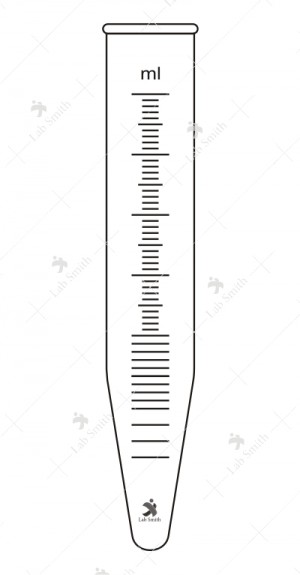 Heat Resistant Learn More
Heat Resistant Learn More
Glass tubes are hollow pieces of borosilicate or flint glass used primarily as laboratory glassware. Glass tubes are commercially available in various thicknesses and lengths.
A test tube, also known as a culture tube or sample tube, is a common piece of laboratory glassware consisting of a finger-like length of glass or clear plastic tubing, open at the top, usually with a rounded U-shaped bottom.
A large test tube specifically for boiling liquids is called a boiling tube.
Test tubes are available in a multitude of lengths and widths, typically from 10 to 20 mm wide and 50 to 200 mm long. The top often features a flared lip to aid pouring out the contents; some sources consider that the presence of a lip is what distinguishes a test tube from a culture tube. A test tube has either a flat bottom, a round bottom, or a conical bottom. Some test tubes are made to accept a ground glass stopper or a screw cap. They are often provided with a small ground glass or white glaze area near the top for labelling with a pencil.

